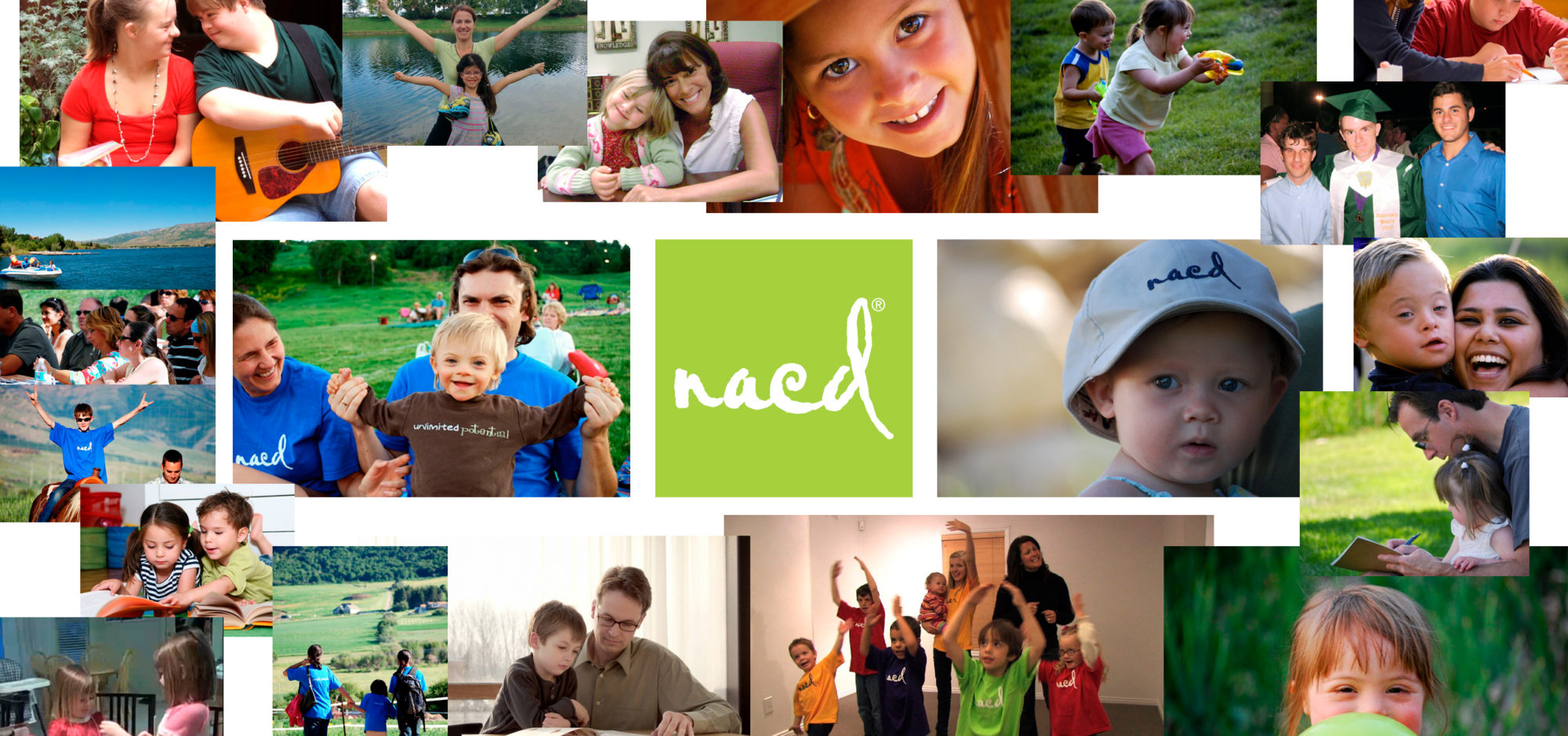 As I talk with parents about behavior, it becomes clearer and clearer that child management, behavior, the establishment of boundaries, creating a positive relationship with your children, and creating a positive environment for your children that helps them grow into successful, mentally healthy, confident individuals who feel secure and who have good self images–all of these things start with one very simple concept: “No” means NO.
As I talk with parents about behavior, it becomes clearer and clearer that child management, behavior, the establishment of boundaries, creating a positive relationship with your children, and creating a positive environment for your children that helps them grow into successful, mentally healthy, confident individuals who feel secure and who have good self images–all of these things start with one very simple concept: “No” means NO.
I see family after family that is struggling with their children’s behavior and compliance–households with a never-ending stream of “stop that,” “cut that out,” “If you do that again, I’m gonna…” and “no,” “no,” “no,” “no,” and ”no“ until mom or dad lose it, scream and go into their insanity act. All of this creates a very negative home environment, a home without real guidelines, without consistency, a home where the children never know when the explosion is going to come, where the children are trying to read their parents’ mood and boiling point and become compelled to push things until they produce “Crazy Mom” and “Crazy Dad.” A home in which the child is in control and out of control, where the child is making poor decisions all day long–“Should I do it?” “Can I do it?” “Can I get away with it?” “Did she really mean it?” And perhaps worst of all, it creates children who learn simply not to think, they learn just to do whatever they would like to do at the moment, because simply why not? These children are well on their way to having emotional problems, attention problems, behavior problems, compliance problems, school problems, confidence problems, etc. and joining the growing ranks of unhappy kids who become impossible teens and then unhappy, insecure adults, many of whom end up being thrown into a category, labeled, and medicated. All of this because “No” doesn’t mean “No.” It means later, not right now, I don’t like it, I’m tired, you have once again pushed my buttons and have my attention, etc.
If “No” means “No,” as in “that is not okay, now, later, tomorrow, next week, or next year,” and we succeed in communicating that, life becomes so very much easier for everyone. You can’t have a positive home when so much is negative. So often parents are afraid to punish children because they feel they are being mean and negative. Saying “No’ without meaning it all day and ultimately yelling at the children is extremely negative and I believe abusive.
Teaching your child that “No” means “No” is really easy. When your child does something that is wrong, harmful, or dangerous, simply say “No” with intention. Intention means that you say it, mean it, and say it in such a way that you really communicate, “Don’t ever do that again,” and provide feedback, a consequence–preferably an immediate consequence–a time out, or whatever. Generally the consequence itself is not of huge importance. It should be immediate and significant, such as time out, but the really important piece is the consistency with which you use the consequence.
It is so sad that so many parents have bought into “No” as being a four-letter word. It’s not. It’s a two-letter word and a word that may help stop your two year old from bolting out into traffic, your five year old from throwing your two year old out a window, your twelve year old from drinking the booze in your liquor cabinet, your fourteen year old from trying drugs, your sixteen year old from getting pregnant, and your eighteen year old from getting into a wreck going 100mph. “No” saves lives.
